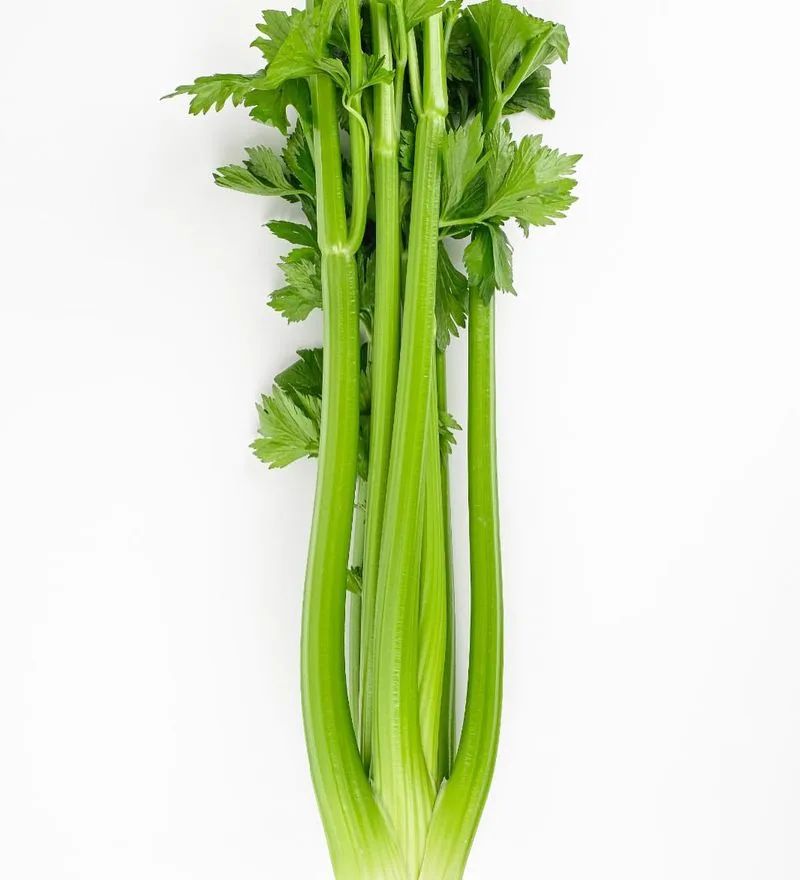Imagine turning your kitchen scraps into a fresh, sustainable source of vegetables – right from your home!
Many people are surprised to learn that some of the most common veggies can be regrown with minimal effort, saving money and reducing waste. In this article, we introduce 11 vegetables you didn’t know you could regrow from scraps.
Whether you’re a gardening enthusiast or a beginner, these easy regrow tips will inspire you to start your own mini garden and enjoy a continuous harvest.
Romaine Lettuce

Romaine lettuce can be more than a single-use salad star.
Save the heart and place it in a bowl with a bit of water. Within days, new leaves will sprout from the center. Keep the water fresh and transfer to soil if you desire a more robust growth.
This not only extends the life of your lettuce but offers a continuous source of greens. Experience the delight of fresh lettuce without the added grocery costs.
Celery

Celery can regenerate from its base, making it a constant kitchen companion. Simply place the root end in shallow water and watch as new stalks start to grow.
Change the water regularly and consider planting in soil for continued harvest. This method not only stretches your budget but also provides a fresh supply of crunchy stalks for cooking or snacks. Enjoy the satisfaction of regrowing your celery with minimal effort.
Carrot Tops

Carrot tops are often overlooked, yet they can regrow into lush greens. Place the top in a dish of water and watch tiny sprouts emerge.
These greens can be used in salads or as garnishes, adding a slightly bitter flavor. Refresh the water every few days and try planting in soil for further growth. From what typically ends up as compost, you now have a fresh ingredient for your kitchen creations.
Garlic Sprouts

Forgotten garlic cloves sprouting in your pantry can be a boon. Place these cloves in water and watch green sprouts grow.
These sprouts have a mild garlic flavor, perfect for salads or garnish. Replace the water regularly to encourage growth and consider planting them in soil for continued harvest. This not only utilizes what might be wasted but also supplies a constant source of fresh flavors.
Basil

Basil, a beloved herb, can be regrown from cuttings.
Submerge the stems in water and place on a sunny windowsill. Roots will form in a week, allowing you to plant them in soil for a full basil plant. This method provides a continuous supply of fresh leaves for your culinary adventures.
Not only does this save money on store-bought herbs, but it also ensures you always have fresh basil on hand.
Coriander

Regrow coriander from stems by placing them in water. Given the right conditions, roots appear in about a week, ready for planting in soil.
This ensures a steady supply of fresh coriander for your dishes. Not only is this a cost-effective method, but it also offers the convenience of having herbs at your fingertips. Enjoy the fresh, aromatic addition to your meals with minimal effort from your side.
Potatoes

Potatoes with eyes ready to sprout can lead to a new plant. Cut into pieces, ensuring each has an eye, and let them dry for a day.
Plant them in soil and soon, green shoots will emerge, indicating new growth. This process not only makes use of potatoes that might otherwise go to waste but also provides you with your own supply. Watch as your kitchen scraps turn into a bountiful harvest.
Sweet Potatoes

Sweet potatoes can regrow from their sprouts known as slips. Submerge the bottom in water and in a few weeks, roots and leaves will appear.
Plant these slips in soil for new sweet potato plants. This process transforms leftovers into a deliciously sweet harvest right from your backyard. Experience the satisfaction of growing your own sweet potatoes with minimal effort.
Ginger

Ginger is a versatile root that regrows with ease.
Place a piece with visible buds in soil, ensuring it’s bathed in indirect sunlight. Within weeks, shoots will emerge, signaling new growth.
This method not only recycles your ginger root but keeps you supplied with this aromatic spice. Enjoy the convenience and delight of homegrown ginger, ready to enhance your culinary creations.
Leeks

Leeks can be regrown from their root end by placing them in a dish of water. New shoots will sprout upwards in days, growing consistently.
Change the water regularly, and for a more robust plant, transfer to soil. This simple method provides a continuous supply of fresh leeks, perfect for soups and stews. Enjoy the process of seeing your kitchen scraps become a staple ingredient effortlessly.
Fennel

Fennel can offer more than one culinary use by regrowing its base.
Place the bulb in water and wait for new fronds to appear. Keep the water fresh and consider transferring to soil to extend growth.
This not only makes the most of your fennel bulb but also supplies you with fresh fronds to flavor dishes. Enjoy the continuous cycle of growth and flavor from your kitchen scraps.

